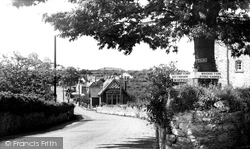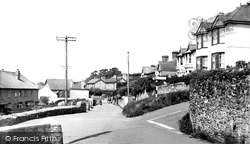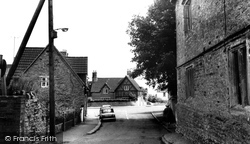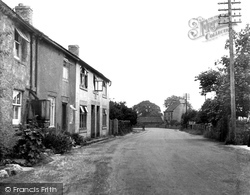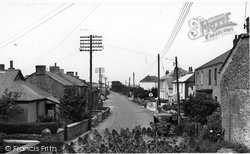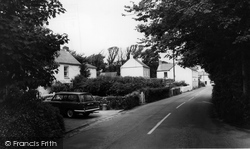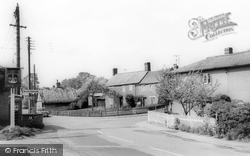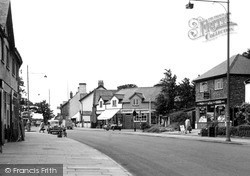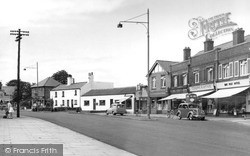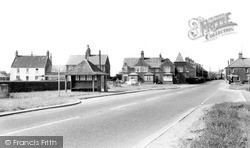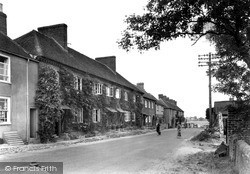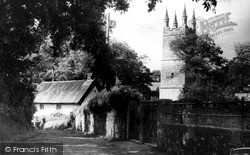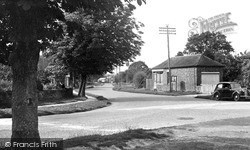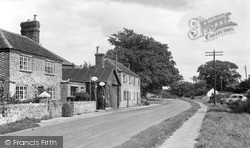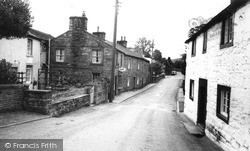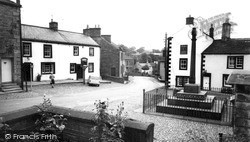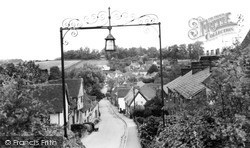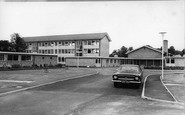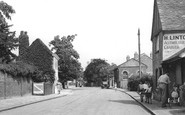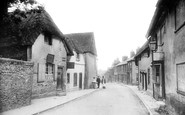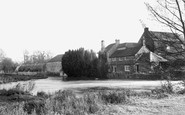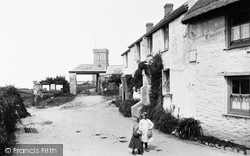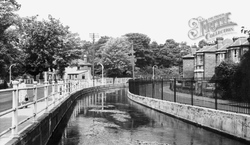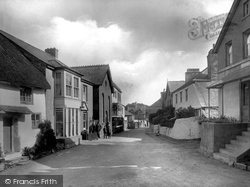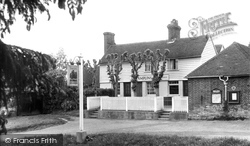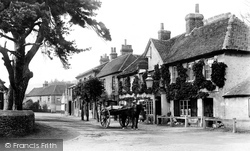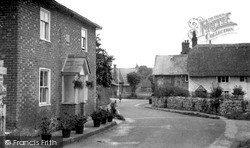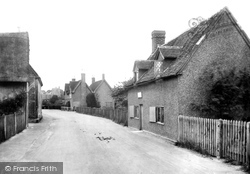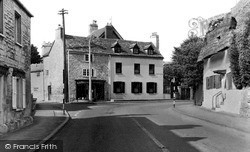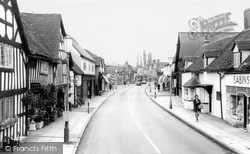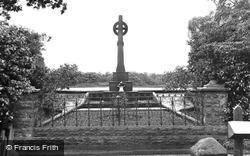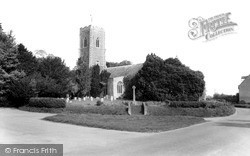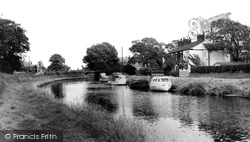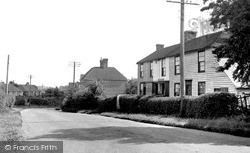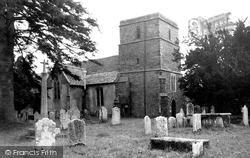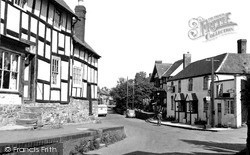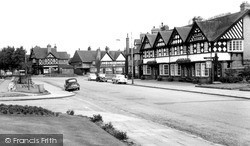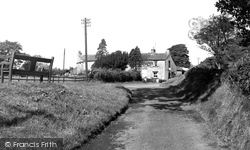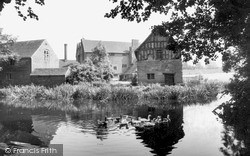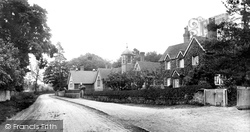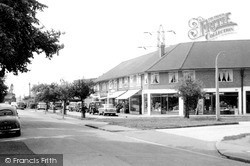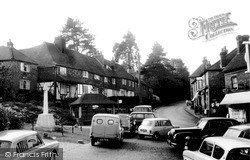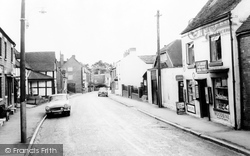Places
5 places found.
Those places high-lighted have photos. All locations may have maps, books and memories.
Photos
9,649 photos found. Showing results 1,701 to 1,720.
Maps
18 maps found.
Books
13 books found. Showing results 2,041 to 13.
Memories
4,612 memories found. Showing results 851 to 860.
Nain, Taid And Clocaenog
Clocaenog, I have some very good memories of this quiet village. I used to visit my Nain & Taid during the school holidays in mid 70's -80's helping out on their farm pentre, collecting the hay in the summer, riding on ...Read more
A memory of Clocaenog in 1978 by
The Ideal Village
I lived with my grandparents for a short while in the late forties and visited often over the next fifteen years or so. Their home was one of the wooden bungalows that was Ewden Village. My grandad worked on the reservoirs as ...Read more
A memory of Ewden Village in 1948 by
A Brauton Boy
I was born in Braunton in 1938. I am now 75 yrs of age residing in Mansfield Woodhouse, Nottinghamshire where I have lived for the past 42 years. I have visited many countries in my life including a National Service stint for two and ...Read more
A memory of Braunton in 1930 by
The Family
I was born in Abergwynfi in 1942, but the family moved up to the midlands when I was a few weeks old. We returned home every year for our annual hols and sometimes at Xmas. The memories I hold are quite idyllic and I have never lost my ...Read more
A memory of Abergwynfi in 1942 by
Day 1
Howden School opened on a cold and snowy January day, I think it was the 17th. Before leaving our old schools we were each given a number and on arrival at the school we had to line up behind cardboard boxes with this number displayed. It turned ...Read more
A memory of Howden by
The Winter Of 1947
We had to leave our prefab because of the deep snow and ice, and walked to stay with my aunt and uncle in Village Way, Ashford until the snow thawed.
A memory of Stanwell in 1947
Childhood Yrs, Enham Alamein, 1940s
Hi to anyone still left that remembers my grandads bakery behind George Brights bicycle shop. he made the best doughnuts ever, my uncle ted and daisy ran the farm at the top of the hill known as 'Shanghai Homestead', ...Read more
A memory of Andover in 1940 by
Heytesbury The Mill
I was born at 119 Park Street, Heytesbury in 1942; this was/is the last cottage on the right-hand side of the old A36 as you leave the village travelling towards Knook. I believe No119 and the adjoining No118 have long since ...Read more
A memory of Heytesbury in 1955 by
Eirias Park And More
I was born in groes rd. and lived there with my mum and Nain and Taid. The park was wonderfull. Playing tennis golf ,sailing my yacht the swings the boating lake and wonderfull fireworks on 5 th nov. when the finale was a ...Read more
A memory of Colwyn Bay in 1950 by
Happy Days
I lived in Venterdon in the house opposite Dingles yard from 1951 til 1960, and six mornings a week steam rollers would start trundling out from 8am. At that time Venterdon consisted of a single file of houses right up through the ...Read more
A memory of Venterdon in 1951 by
Captions
5,016 captions found. Showing results 2,041 to 2,064.
There is a large parish notice board on the wall behind the lych gate that gives entrance to the churchyard.
Here we see the River Itchen flowing through Bishopstoke. In 1838, the writer Robert Maudie observed: 'church and the village are beautifully situated, the former close by the bank of the river'.
Strete stands on the winding lanes which form the highway between Dartmouth and the villages clustered around the great freshwater lake of Slapton Ley.
Set between the Thames and the Medway, Grain was once an island. Now it is connected to the mainland by road.
The village is named after five ash trees on the green. Twits Gill was once the home of Sir Austen Chamberlain, who was Chancellor of the Exchequer in 1903 and Foreign Secretary in the 1920s.
We are in the centre of the village; this view looks north along Church Street with the churchyard wall on the left.
This is the centre of the village; we are looking north to West Overton County Primary School with its toothed ridge line and bell tower just visible over it.
The wooden plaque above the door of the cottage on the right proclaims it as John Bunyan's home.
Cheltenham's famous racecourse is named Prestbury Park after the village that is situated at its outskirts. Prestbury was home to Fred Archer, the most celebrated jockey of his age.
Knowle, one mile south-east of Solihull, contains several interesting old buildings, including the medieval Chester House, and the heavily restored 17th-century Red Lion.
The war memorial remembers those killed in both the First and Second World Wars.
The church is to the west of the village, adjacent to the entrance to Wrentham Hall.
Winding around the village is the Bridgewater Canal.
The parish of Peasmarsh is situated between the River Rother on the north and the River Tillingham on the south. The village, about three miles north-west of Rye, lies on the Beckley to Rye road.
Corfe Mullen stands on the alluvial flood plain of the River Stour, surrounded originally by the wild heathlands of south-east Dorset.
The Red Lion is the building on the right. Like so many other local timber buildings, it now has a brick façade.
The post office is the black and white half-timbered building on the left.
Heading toward the village and Brenchley, with the Gun at the top of the hill, on the right-hand side we have a pond with railings and a water trough in front.
The café is in the building at the top of the lane, with a post office and grocer's under the signs.
A mile or two outside the village sits Harvington Hall. It is a wonderfully evocative Tudor mansion surrounded by a moat, which we see here.
The village school opened in 1851, but its role has changed several times over the years. In 1904 it became a mixed school of infants, juniors and seniors.
However, the village does have the county's oldest church.
This village was anciently known as Eightham, and was once a market town, with a Whit-Wednesday fair called Cockscomb Fair.
From Saxon times Feckenham was the administrative centre for the Forest of Feckenham, which once covered most of north Worcestershire.
Places (5)
Photos (9649)
Memories (4612)
Books (13)
Maps (18)




